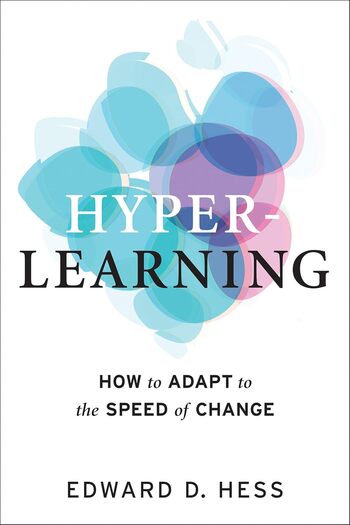
Thomas C. Foster unveils the hidden meanings in literature, helping readers recognize themes, symbols, and narratives. By exploring these elements, the book makes reading more rewarding and engaging.
Main Lessons
- Literature is full of hidden symbols and meanings waiting to be uncovered.
- Weather in literature, like rain, often symbolizes deeper themes.
- Mythology serves as a foundation for much of literary storytelling.
- Biblical illusions are pervasive in literature due to its historical and cultural impact.
- Teachers and professors use a language of reading that highlights symbolism and underlying messages.
- Literary geography can reveal much more than physical settings, including themes and character motivations.
- Cultural narratives and personal connections shape readers’ interpretations of a story.
- Heart disease and other ailments often symbolize complex themes in literature.
- Understanding the primary meaning of a text is crucial before delving into deeper analyses.
- Connecting themes and symbols over time enriches the reading experience.
- Sex in literature is often symbolic, reflecting broader societal and psychological themes.
- The secondary meanings in literature complement, but should not overshadow, the primary narrative.
- Recognizing patterns and similarities in stories enhances appreciation and comprehension.








